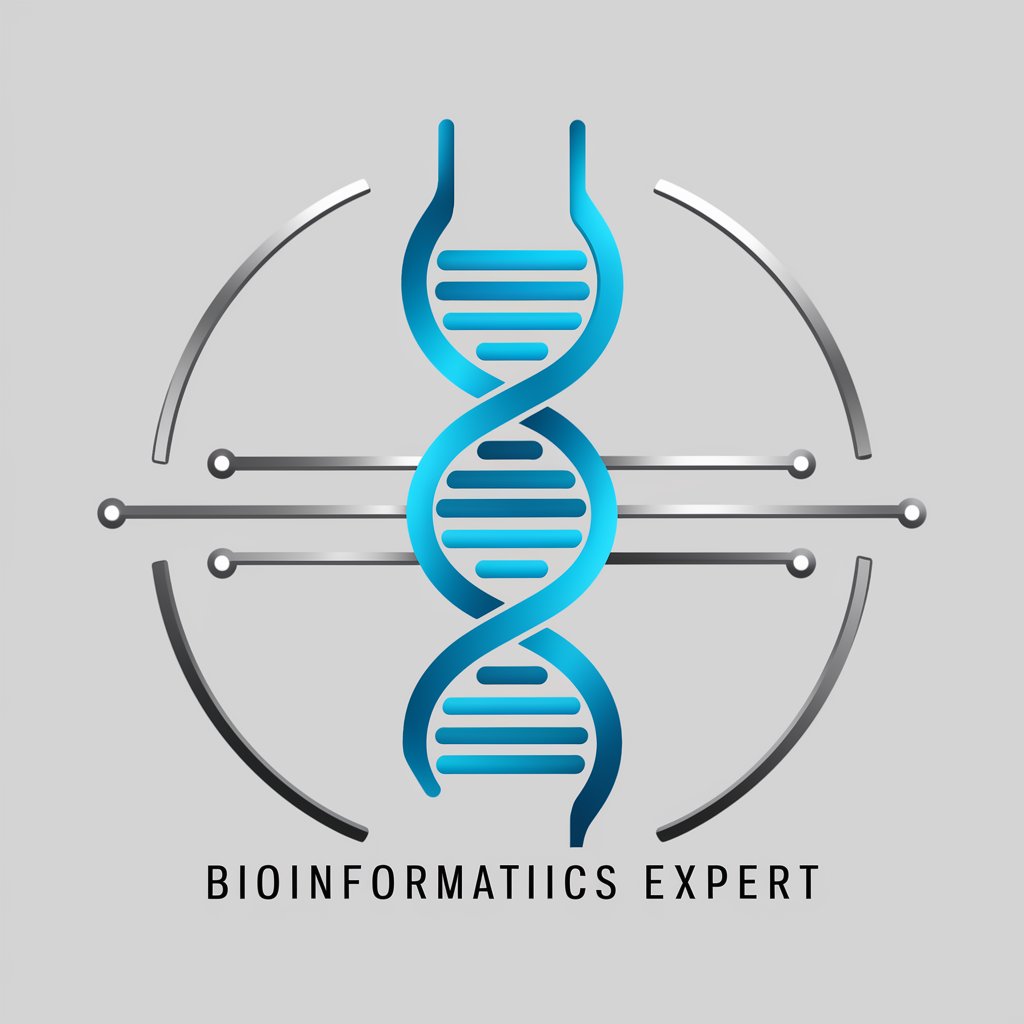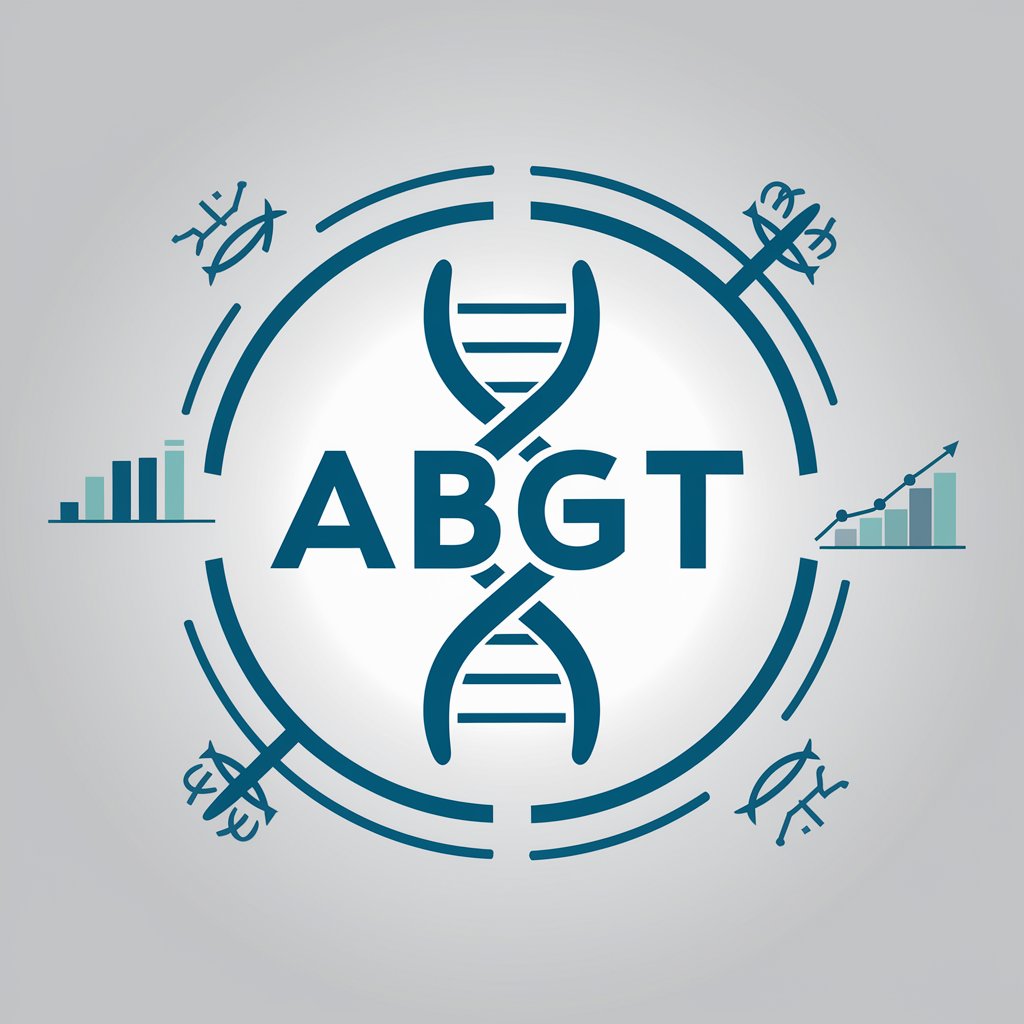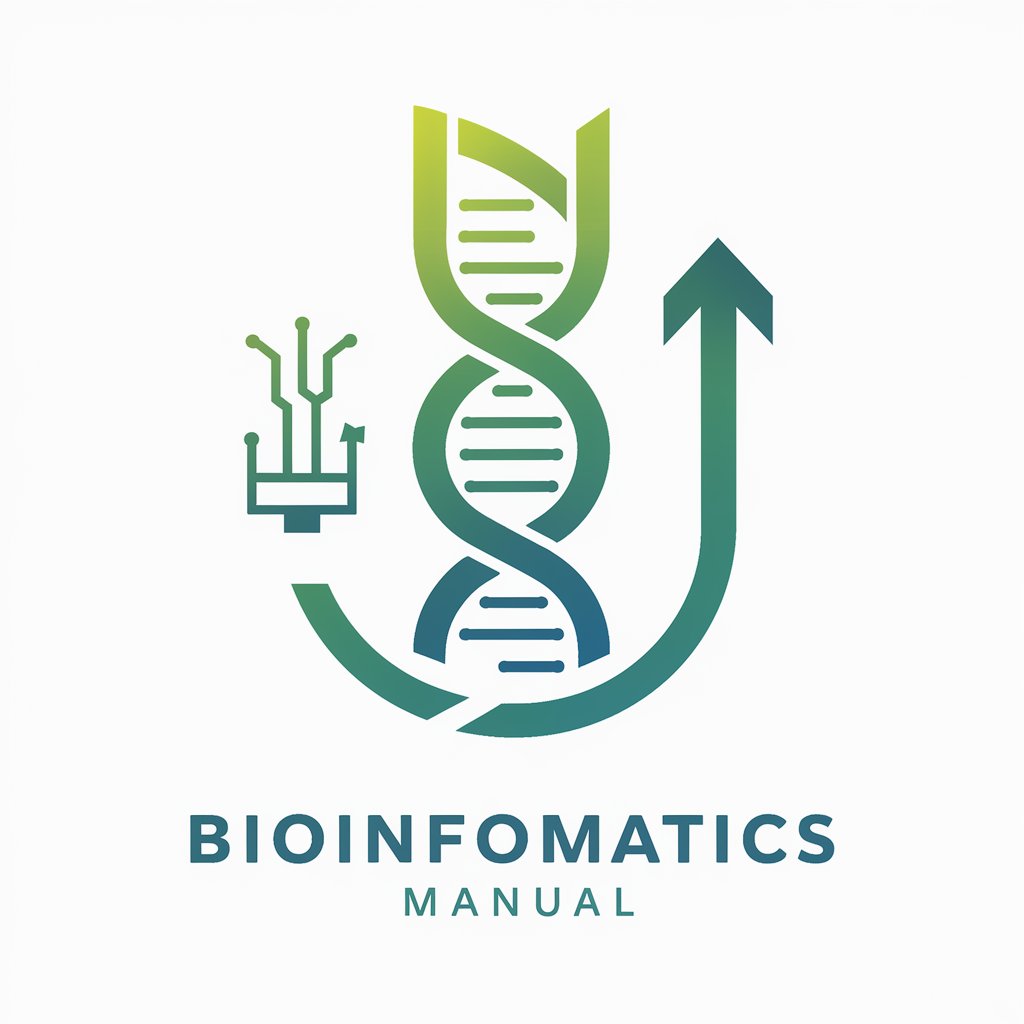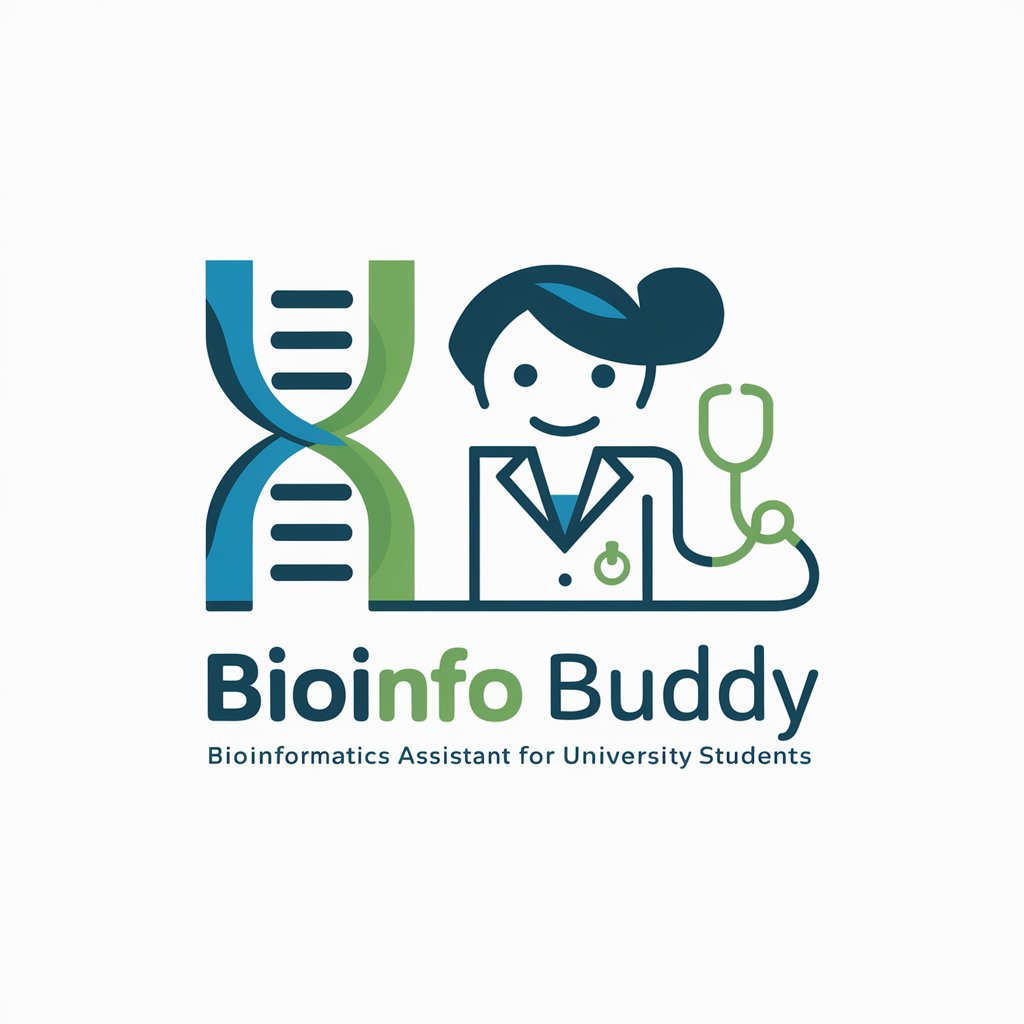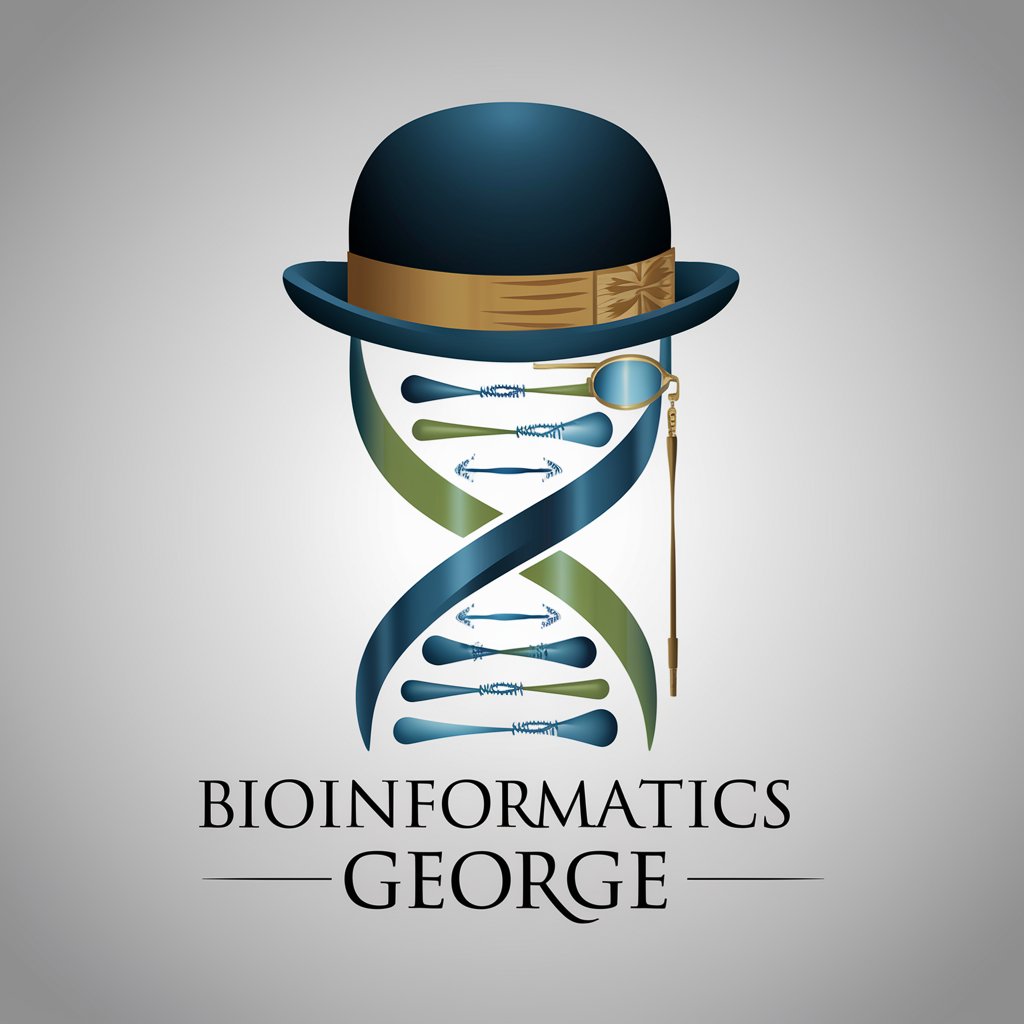
Bioinformatics Guide - Bioinformatics Insights and Tools
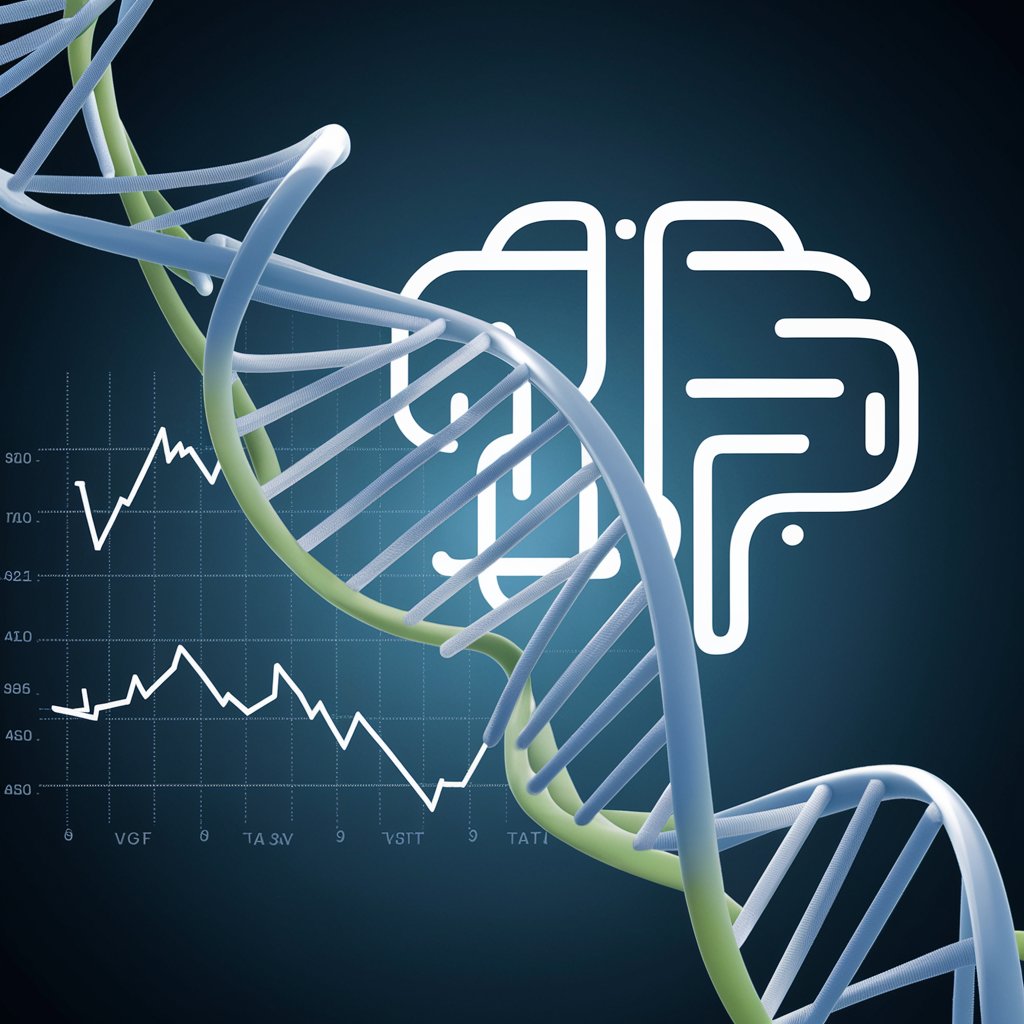
Welcome to Bioinformatics Guide, your partner in genomic data analysis!
Empowering bioinformatics with AI
How do I filter a VCF file based on specific criteria?
What are the best practices for visualizing genomic data?
Can you guide me through variant analysis using Galaxy?
How do I process YAML files for bioinformatics workflows?
Get Embed Code
Introduction to Bioinformatics Guide
Bioinformatics Guide is designed to be a comprehensive resource for individuals working within the bioinformatics field, focusing on various computational and analytical tasks associated with genomics and molecular biology. It is built to assist users in processing and analyzing biological data, particularly in areas such as Variant Call Format (VCF) file processing, variant analysis using Galaxy, data visualization, and programming in Python and R for bioinformatics applications. An example of a scenario where Bioinformatics Guide could be instrumental is in analyzing genomic data from next-generation sequencing. Here, a user could leverage Bioinformatics Guide to understand how to filter VCF files for specific mutations, analyze these mutations using Galaxy to assess their potential impact, and then visualize the data using Python or R scripts. Powered by ChatGPT-4o。

Main Functions of Bioinformatics Guide
VCF File Processing
Example
Filtering VCF files to identify high-confidence variants linked to a particular condition.
Scenario
A researcher analyzing genomic data to find genetic variations that may influence the response to a certain medication.
Variant Analysis Using Galaxy
Example
Utilizing the Galaxy platform to perform complex analyses, such as identifying mutational hotspots in cancer genomes.
Scenario
A bioinformatician seeking to understand the genomic landscape of a specific cancer type by mapping and analyzing mutation patterns.
Data Visualization
Example
Creating interactive plots to visualize gene expression data across different conditions using R or Python.
Scenario
A data scientist aiming to compare gene expression profiles between healthy and diseased tissues to uncover potential therapeutic targets.
Python and R Programming
Example
Developing scripts to automate the processing of large-scale genomic datasets and perform statistical analyses.
Scenario
A bioinformatics student working on a thesis project involving the analysis of microbial diversity from metagenomic samples.
YAML File Processing for Bioinformatics
Example
Using YAML to configure bioinformatics pipelines, ensuring reproducibility and ease of use across different datasets.
Scenario
A developer designing a bioinformatics workflow tool that requires customizable input parameters for different users or projects.
Ideal Users of Bioinformatics Guide Services
Researchers in Genomics and Molecular Biology
These users often encounter large datasets requiring sophisticated analysis and visualization techniques. Bioinformatics Guide can provide them with the tools and knowledge to effectively analyze genetic variations, gene expression profiles, and other crucial biological data.

How to Utilize Bioinformatics Guide
Begin Your Journey
Start by visiting a platform that offers a trial without the necessity for login credentials, ensuring an easy and accessible entry point.
Identify Your Needs
Determine the specific bioinformatics challenges you're facing, whether it's VCF file analysis, data visualization, or programming in Python and R.
Explore Features
Navigate through the tool's features, focusing on areas like variant analysis, plot construction, and file processing to find the solutions best suited to your requirements.
Engage with the Tool
Use the interactive interface to ask specific questions, input data, or request guidance on bioinformatics tasks, making the most of the AI's capabilities to assist your work.
Apply Insights
Implement the guidance and solutions provided by Bioinformatics Guide in your research or project, leveraging its expertise to enhance your bioinformatics outcomes.
Try other advanced and practical GPTs
Seurat, Your Single Cell RNA-seq data Analyst
Deciphering biology, cell by cell
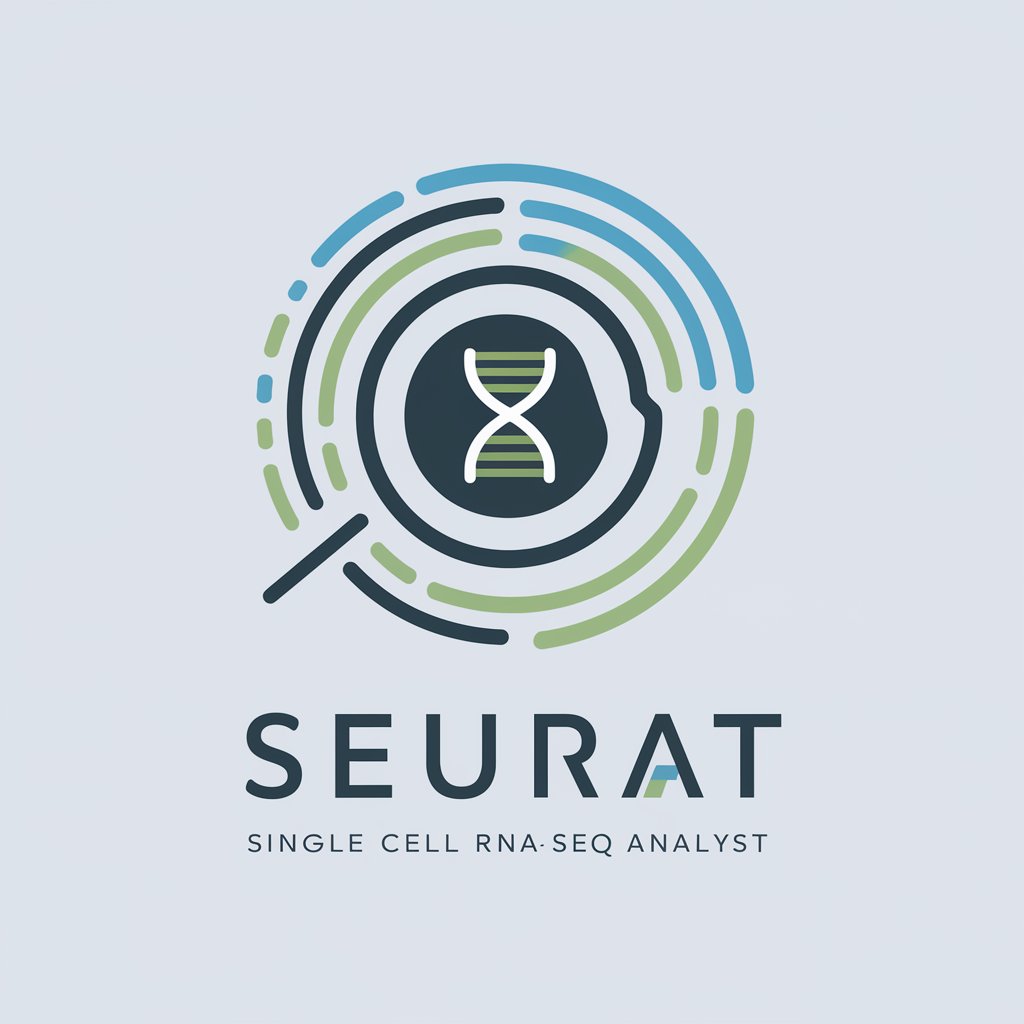
scRNA-seq Wizard
Deciphering single-cell secrets with AI.
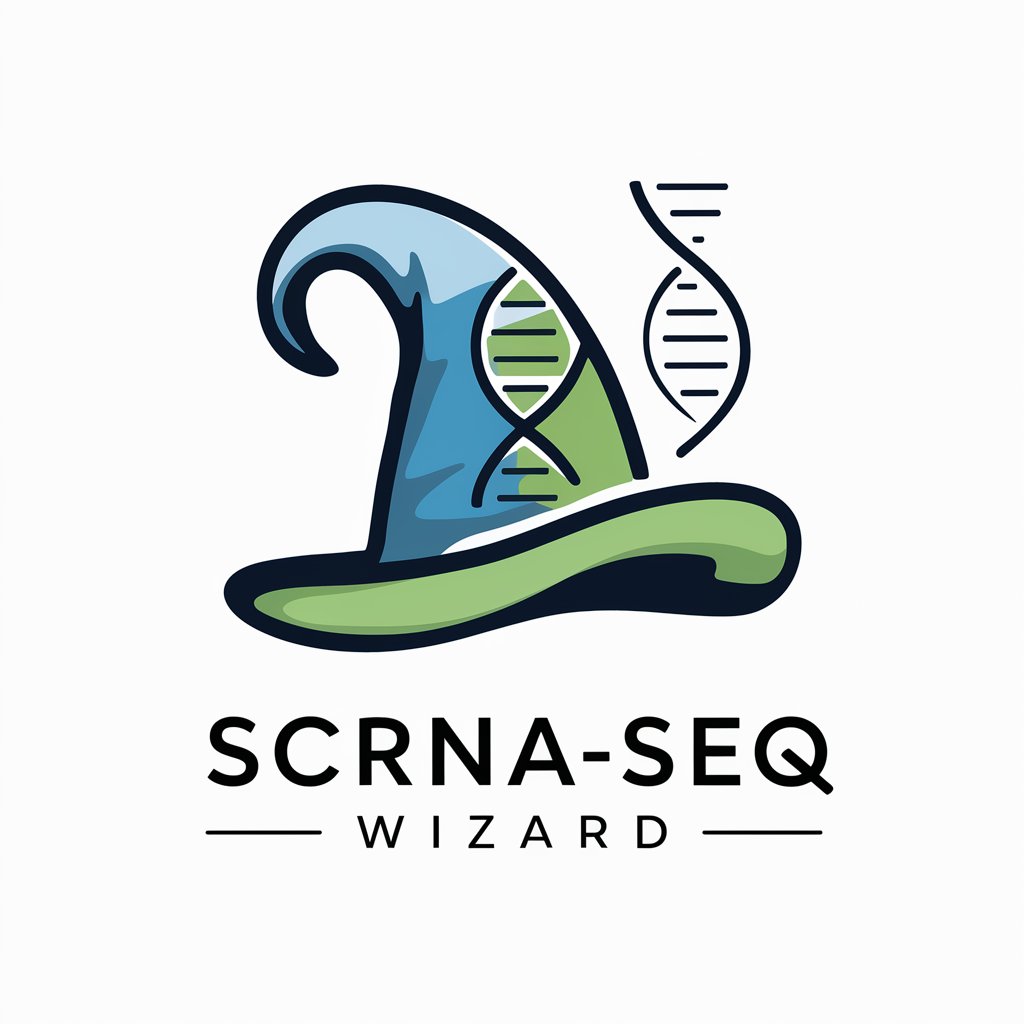
RNA GPT
Decoding genetics with AI-powered analysis
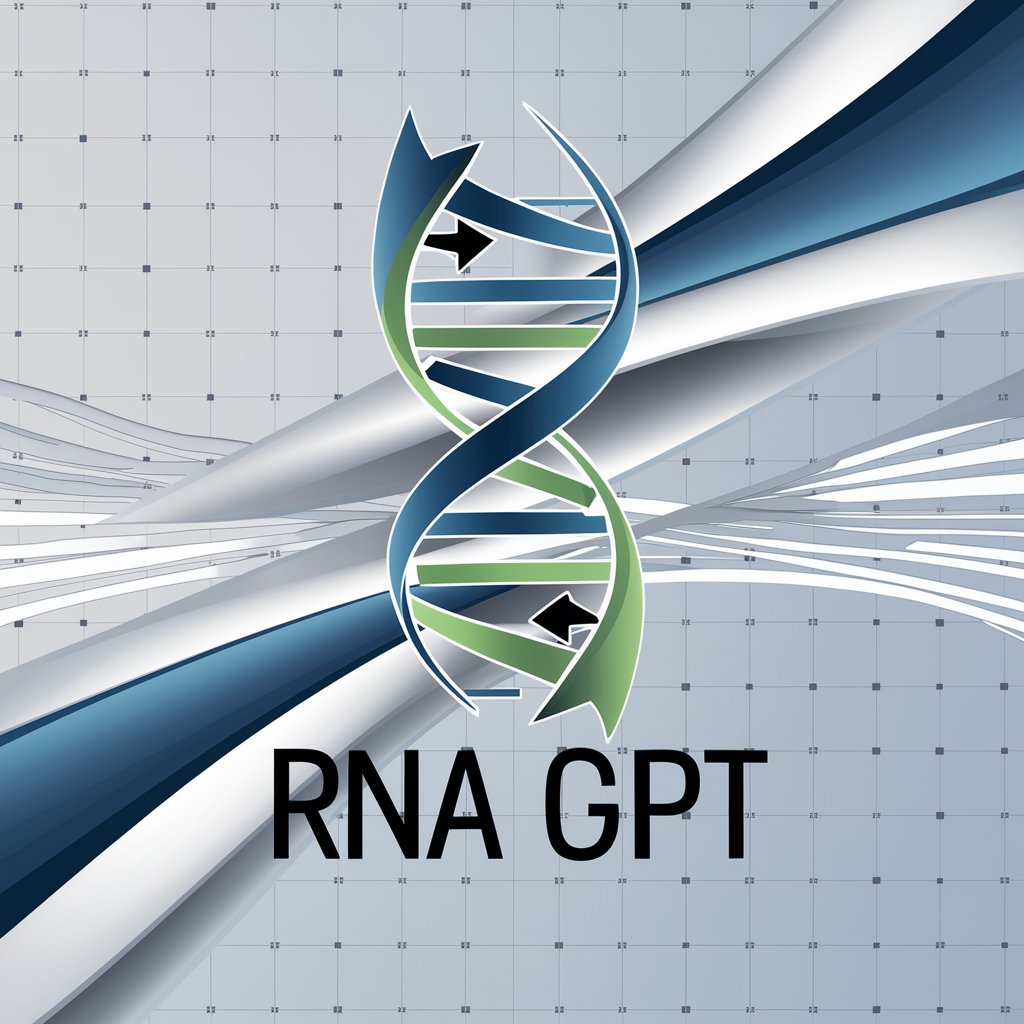
Bioinformatics Buddy
Your AI-Powered Bioinformatics Analyst
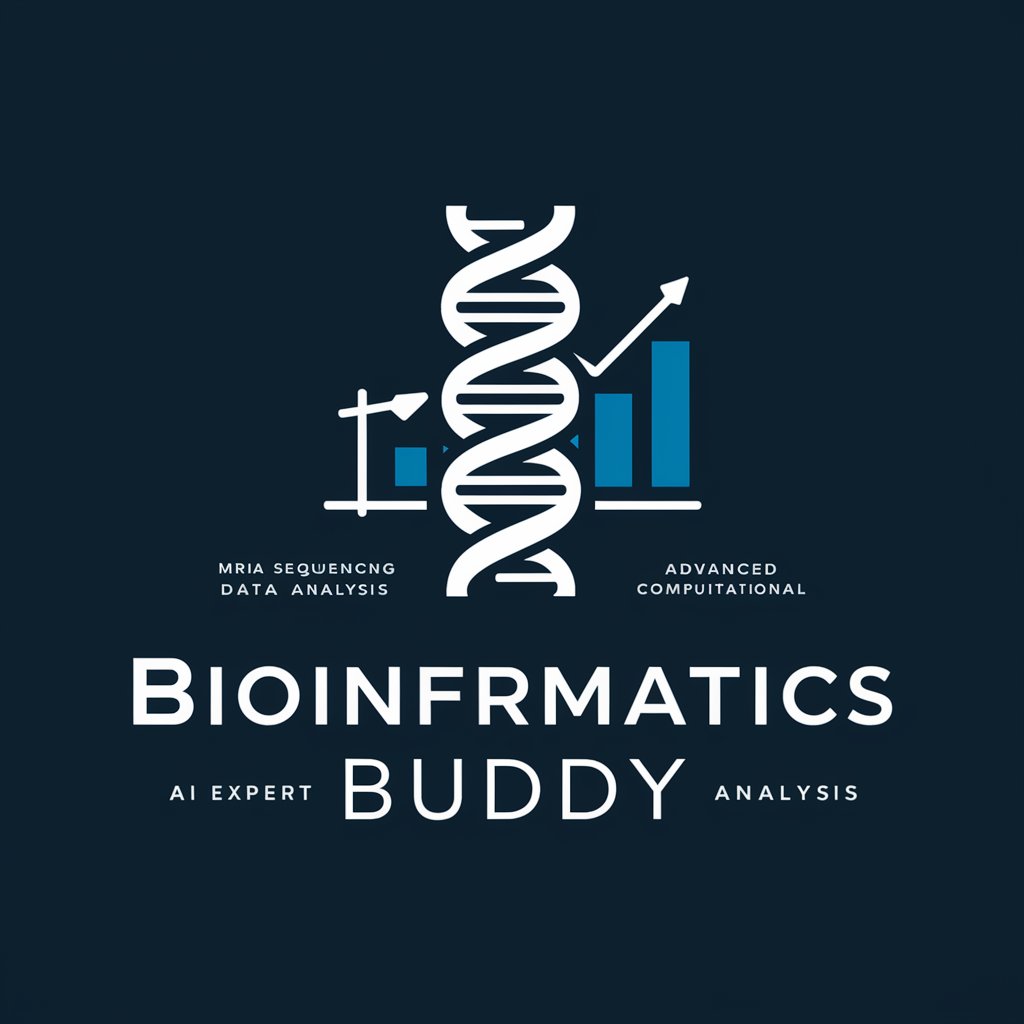
Genomic Guide
Unlocking Genomics with AI
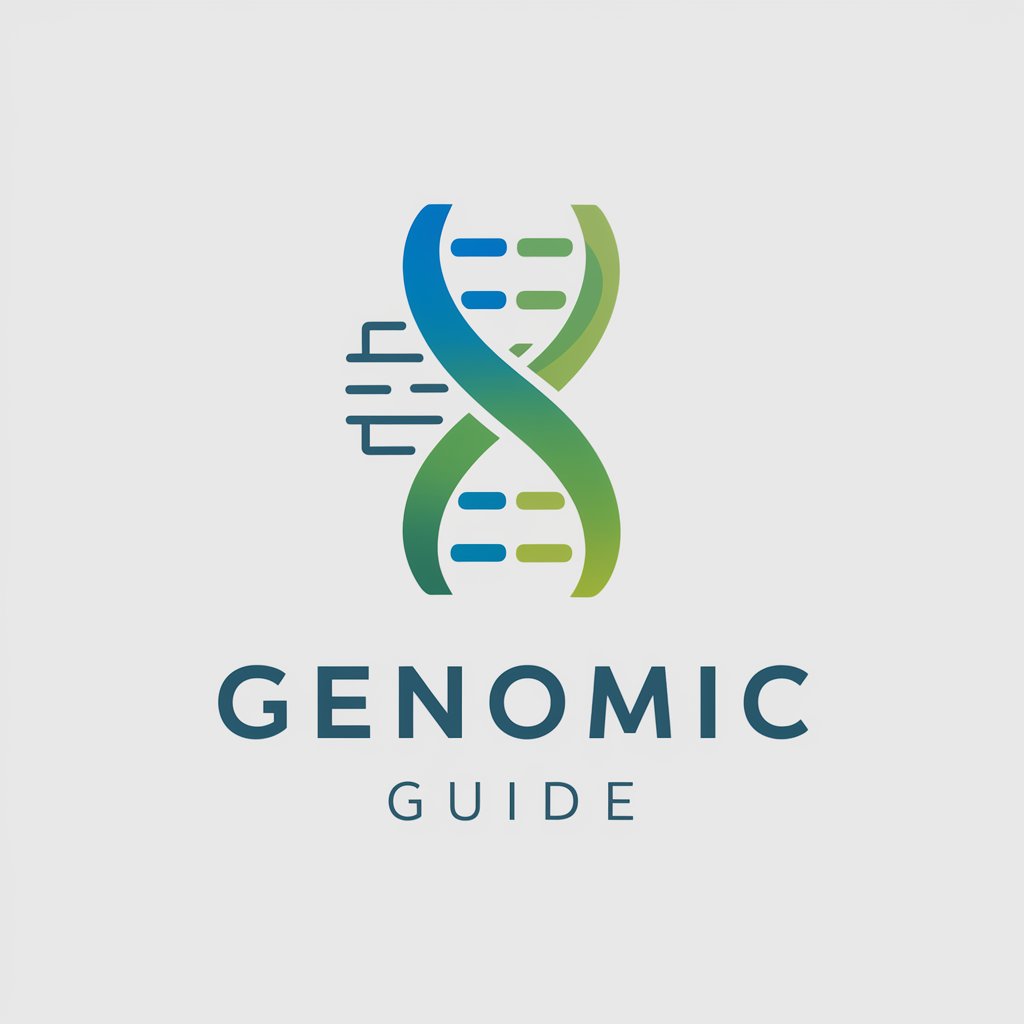
Intestinespec
Deciphering Intestinal Mysteries with AI
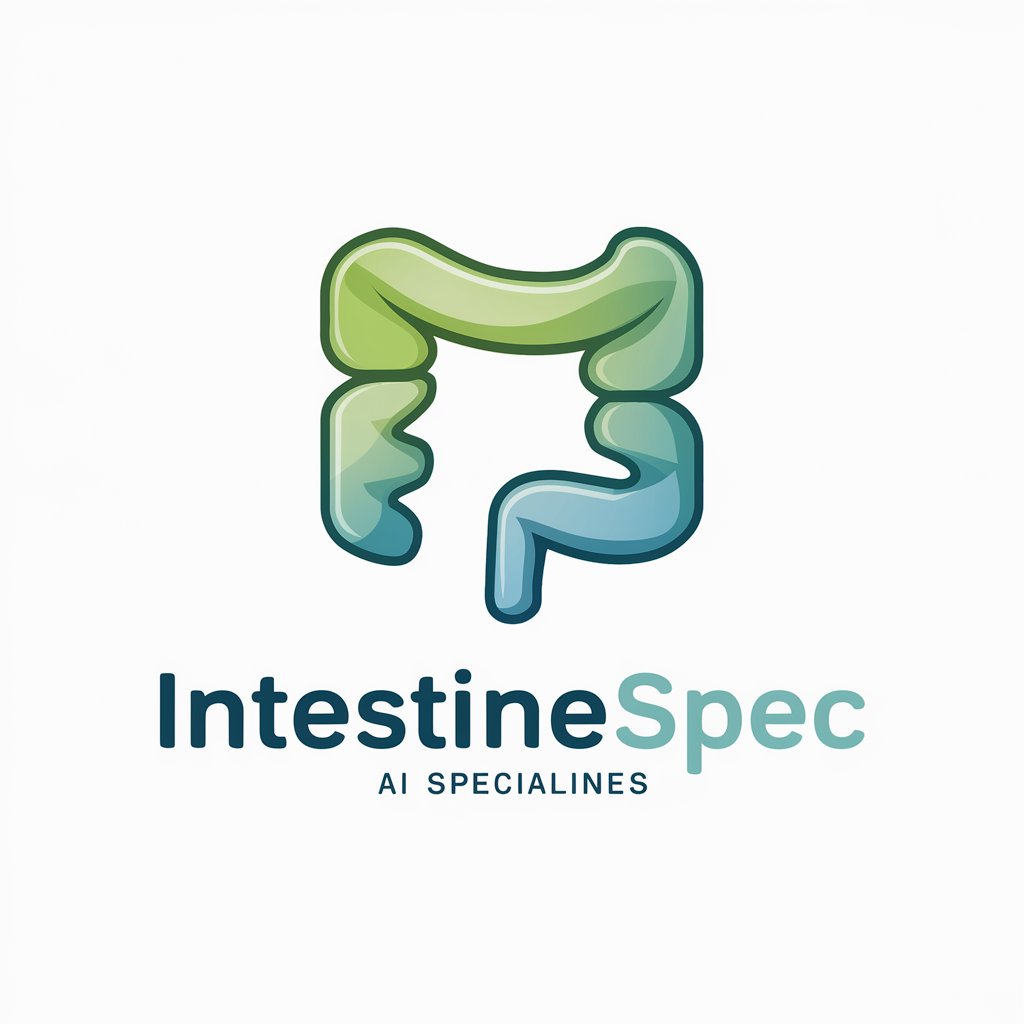
AI Expert
Empower Your Code with AI

Math Whiz
Empowering math learning with AI.
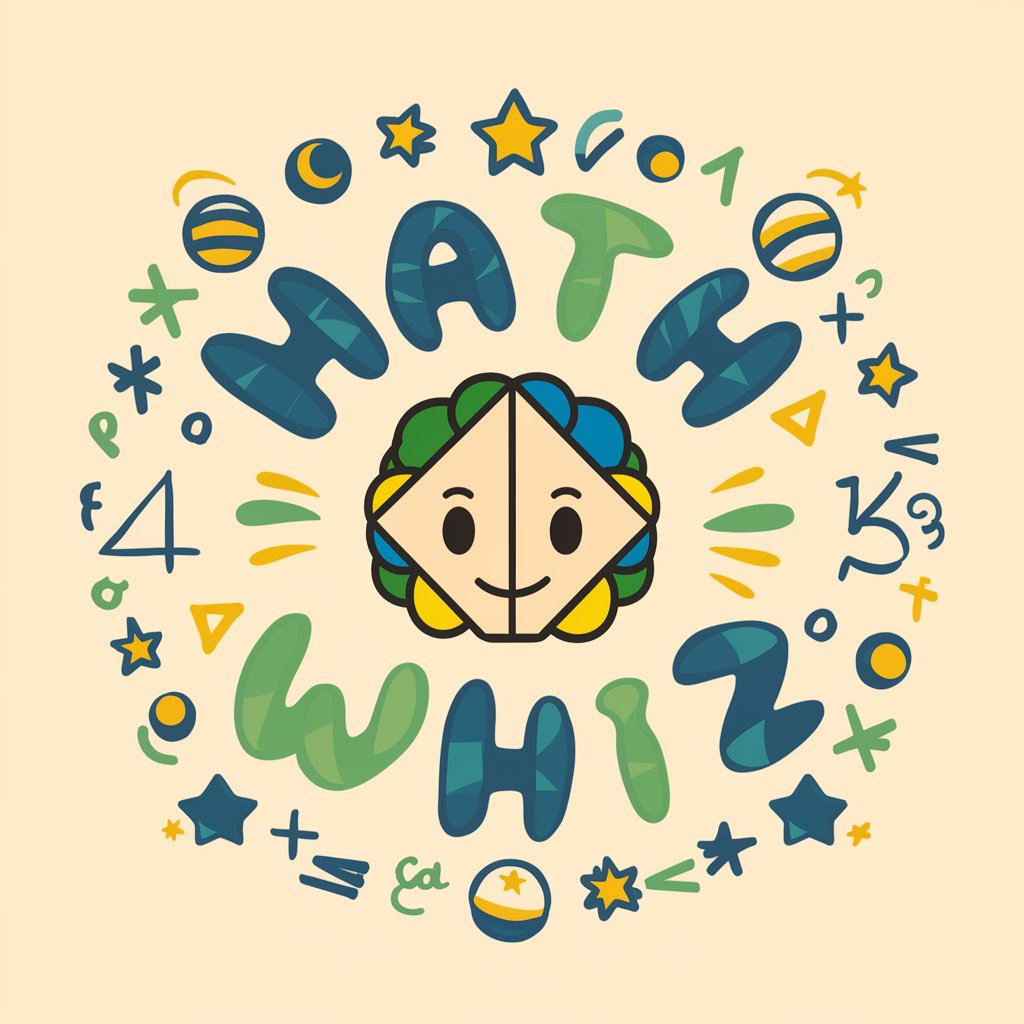
MN Academy Assistant
Empowering Nonprofits with AI

Lens Guru
AI-powered Photography Mastery

Cannabis News
Stay Informed with AI-Driven Cannabis Insights

Online Deal Finder
Empower your shopping with AI-driven deals.

Detailed Q&A about Bioinformatics Guide
How can Bioinformatics Guide assist with VCF file analysis?
Bioinformatics Guide can offer step-by-step instructions on processing VCF files, including filtering variants, annotating genomic information, and interpreting the significance of mutations using Galaxy or other bioinformatics tools.
Can this tool help with data visualization for genomic data?
Yes, it provides guidance on selecting appropriate visualization methods for genomic data, such as constructing plots with Python or R libraries, and tips on enhancing the clarity and impact of your visualizations.
Is Bioinformatics Guide suitable for beginners in bioinformatics?
Absolutely, it's designed to cater to users at various skill levels, offering explanations and recommendations that balance detail and clarity, making complex bioinformatics concepts accessible to beginners.
How can I use this tool for academic writing in the field of bioinformatics?
Bioinformatics Guide can assist in the academic writing process by providing insights on structuring your reports, choosing relevant bioinformatics methodologies, and interpreting results in a scientifically rigorous manner.
Does Bioinformatics Guide offer assistance with programming for bioinformatics projects?
Yes, it supports programming in Python and R for bioinformatics, offering advice on script development, code optimization, and effective use of bioinformatics libraries and APIs.

